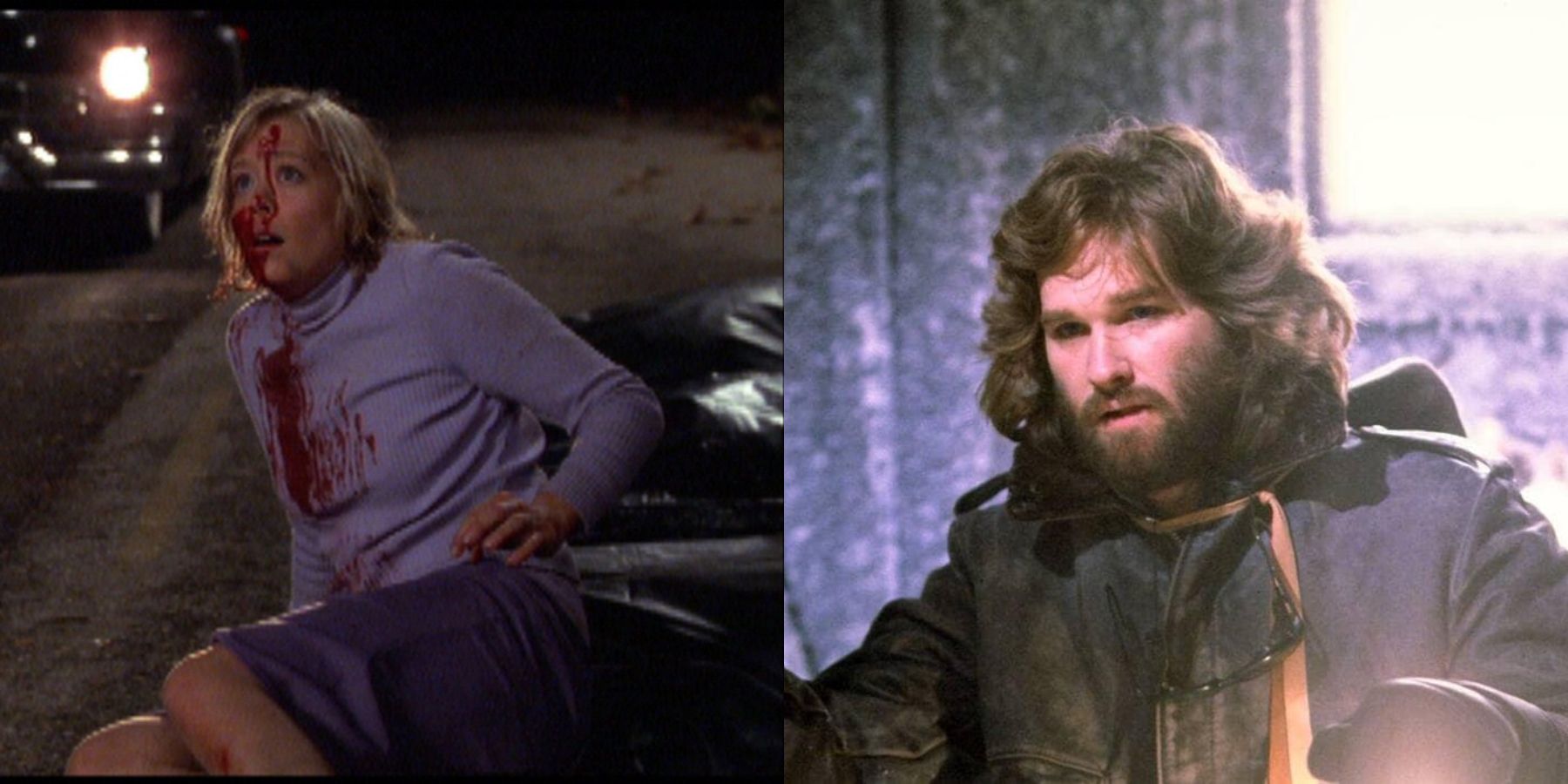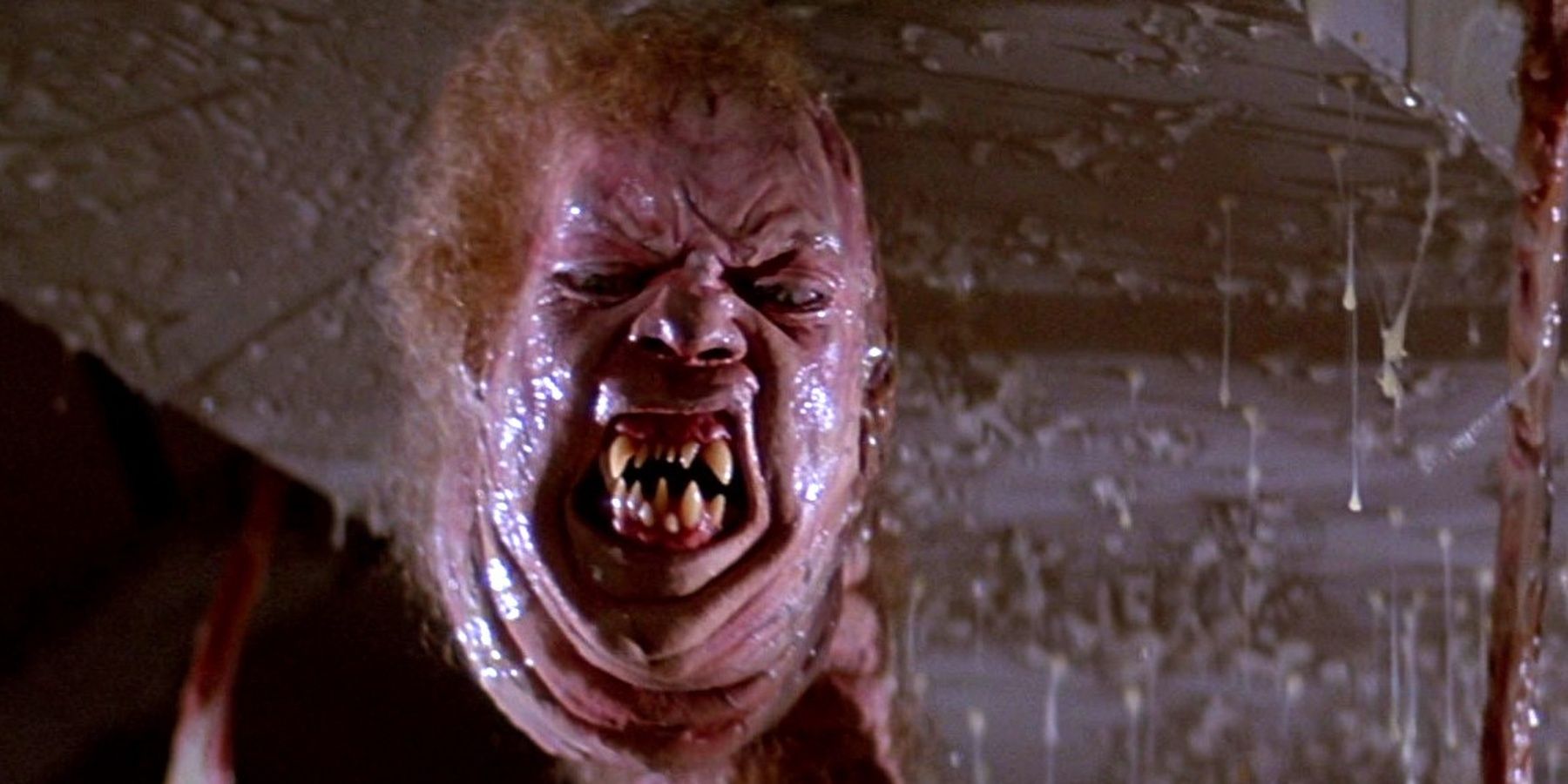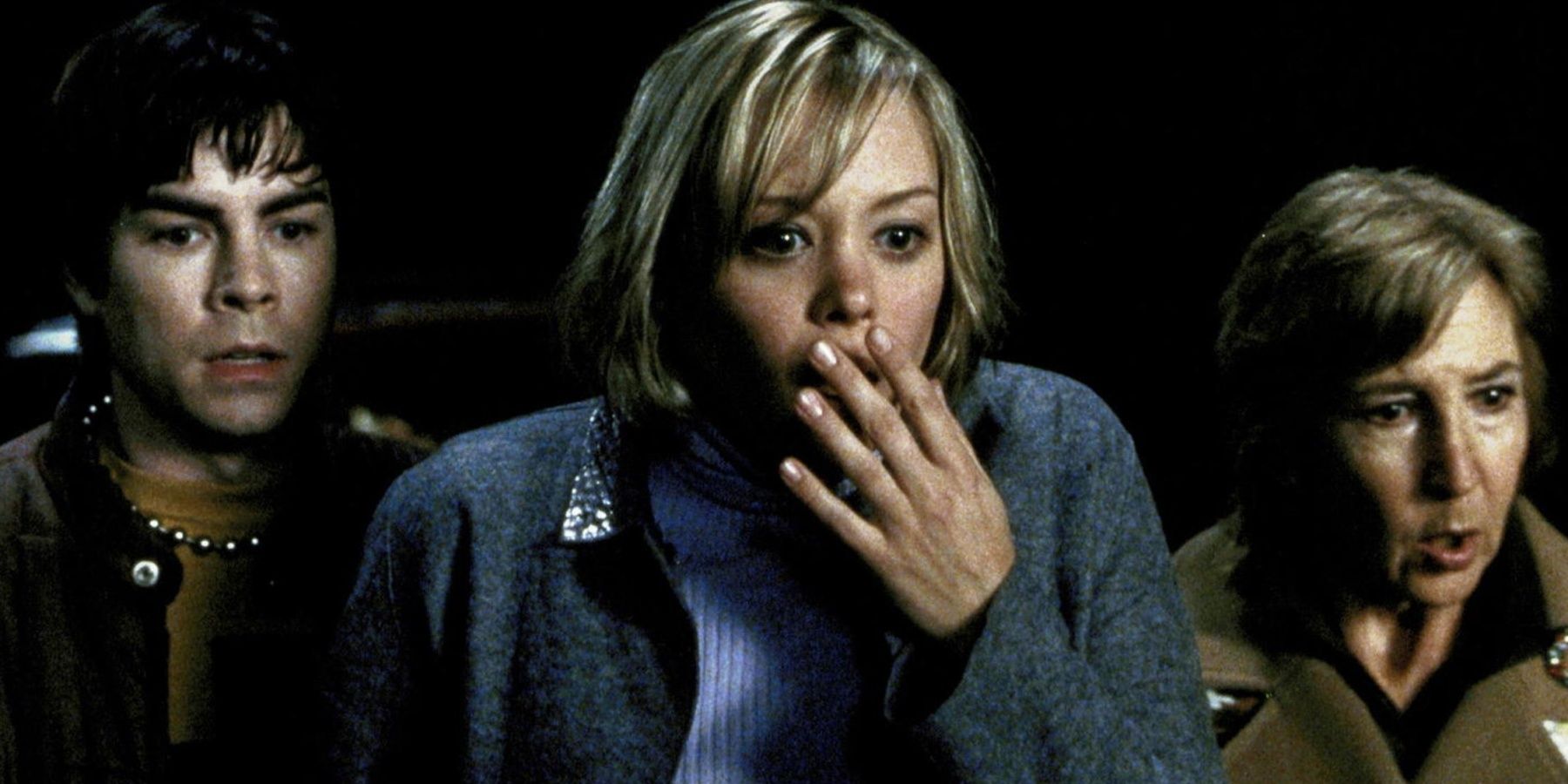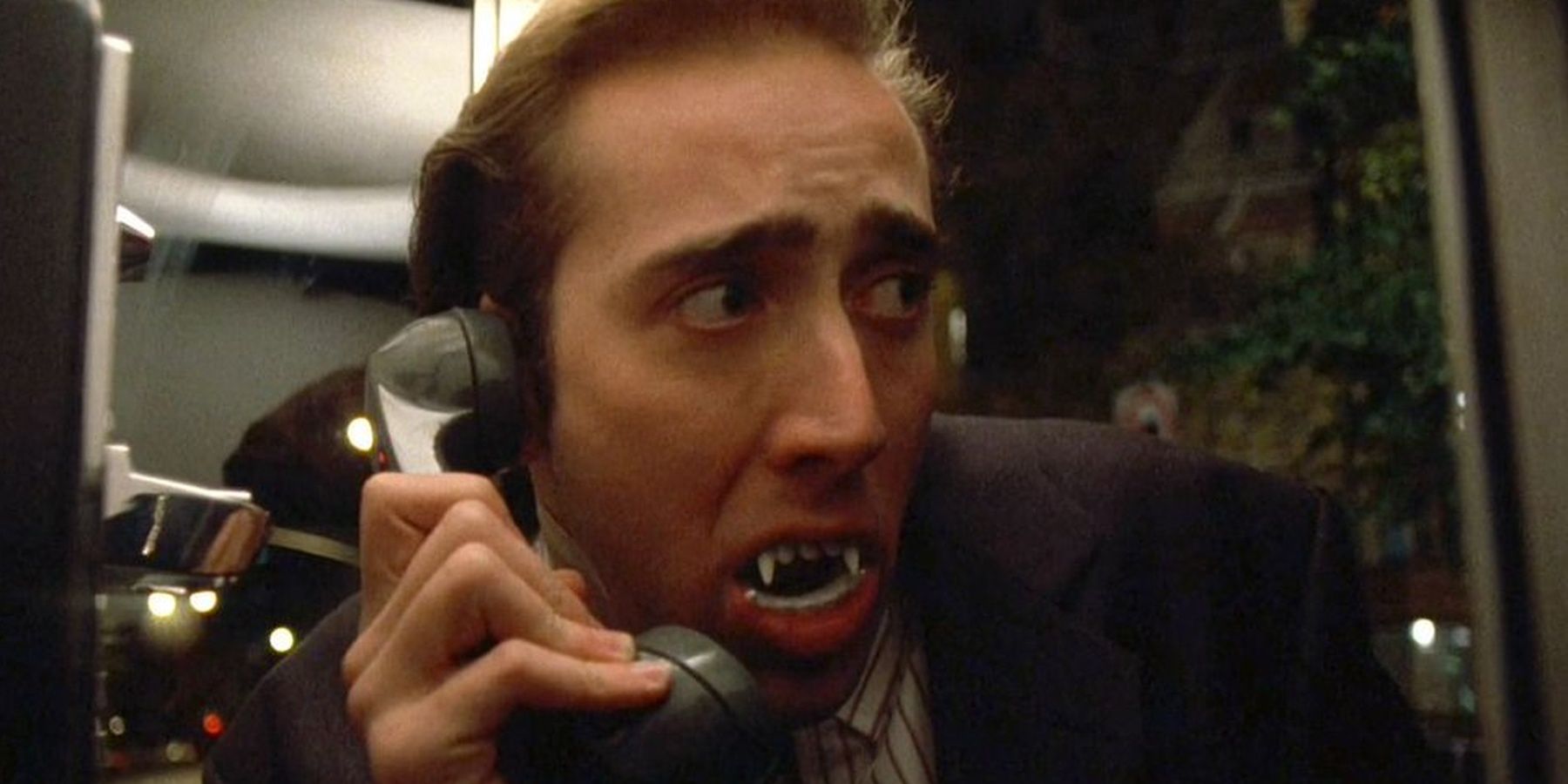The horror genre, as with any genre, is composed of numerous subgenres that can fall under the umbrella of the term horror. Creature features, found footage, and supernatural horror are just some examples of subgenres that can be found in horror films. There are even subgenres within subgenres for those wanting to deep dive.
One subgenre that often doesn't get mentioned, whether it's for mislabeling or for the concept not being understood as well as it could be, is the existential horror genre. When the word existential is brought into the conversation, people tend to think of art house films or long and pointed dramas. However, existential horror is more common than many viewers realize so let's look at exactly what existential horror is and what some examples of the subgenre are.
Before looking at existentialism in horror films, the word itself should be defined. Existentialism is defined as a school of thought concerned with the exploration of human existence and the purpose of life. It also encapsulates the feeling of dread sometimes experienced at the thought of the meaninglessness surrounding life. It refers to the anxieties, fears, and nausea experienced by someone upon contemplation of the purpose of their existence and the certainty of death. With these parameters defined, it's easy to see how existential horror has emerged into a subgenre of its own.
Now let's look at some examples of existential horror films and how they exhibit existentialism, even if it isn't immediately obvious. John Carpenter's 1982 masterpiece The Thing is a beloved and lauded classic of the genre. The film is often held up as a gold standard for practical effects as well as an exercise in creeping dread. For those unfamiliar, The Thing takes place in a remote Antarctic research outpost when a cosmic, shapeshifting threat infiltrates the camp leading to doubt, suspicion, and a lot of truly terrifying abominations.
What turns the film into a sci-fi existential horror is the sense of doubt and hopelessness that the story evokes. The main character MacReady (Kurt Russell) struggles to keep a grip on his own sanity while also trying to prevent dissent within the group as everyone and anyone could be infected or already assimilated by The Thing. The film is driven by uncertainty. Who is and isn't infected or completely assimilated? The biggest example of this is actually displayed by the character of Dr. Blair (Wilford Brimley) who upon realizing the true nature of the organism and what's at stake, loses his mind, destroying their connection to the outside world in order to prevent the organism fully assimilating the Earth.
The film ends ambiguously, with only two survivors, MacReady and Childs (Keith David). Neither can be sure of the other's status and truly neither can even be sure of their own existence. There's no way to know if someone is aware that they have been assimilated until they begin to twist and change. Even then, how much of the person remains?
Little known horror Dead End from 2003 is a different experience but still forces viewers and the characters on screen to face up to the inevitability of their reality. Ray Wise, Lin Shaye, Mick Cain, and Alexandra Holden star as the Harrington family who is on their way to a family gathering on Christmas Eve. Patriarch Frank (Wise) decides to take a shortcut that he's never taken before and it isn't long before that decision begins to have serious consequences for everyone in the car.
After narrowly avoiding an accident when Frank falls asleep at the wheel, they pick up a young woman hitchhiking with her baby swaddled in blankets. After a disturbing, silent drive with the woman and arriving at an old cabin, daughter Marion's boyfriend Brad is left alone in the car with the woman. The family hears his screams and returns to the car with no sign of him or the woman. A hearse passes them with Brad screaming in the back. From here on out, the hearse becomes a constant threat as the family struggles to find their way off of the secluded road and back to safety.
The film is a showcase of the gradual descent into madness as the inevitability of the situation slowly dawns on each family member. Tensions rise, and the specter of the hearse doesn't let up in its pursuit and consumption of the family. Again, the ending to the film is ambiguous, suggesting that daughter Marion dreamt the scenario in a coma whilst knowing that her family has died in a car crash. However, the final scene shows the accident site being cleaned up and a note that Frank wrote to Marion in the supposed dream is discovered, leaving the viewer questioning the entire series of events.
The final example film in this article is a surprising one. 1988 Nicolas Cage starring oddity Vampire's Kiss may not strike anyone as a meditation on existentialism but the story hits all the right beats upon rewatching. Cage plays Peter Loew, a publishing executive with a drug problem and a spiraling sense of self exacerbated by his encounter with a mysterious woman. After this encounter, Loew believes he is turning into a vampire. He dons plastic fangs, begins behaving even more erratically, and eventually begins attacking women. The film is peppered with his meetings with his therapist, who becomes increasingly concerned and then frightened by his behavior.
Throughout the film, Loew is questioning his existence. He grapples with what he perceives to be his new life as a vampire whilst those around him become more and more afraid of him. He sees the supposed vampire woman that infected him frequently, but is she real? In a scene in a nightclub, he comes across her again, but it is very clear from her point of view that she hasn't seen him for a long time and barely remembers him. The climax of the film leaves Loew dying, a wooden stake in his chest after the brother of a woman he assaulted seeks revenge. While by the end of the film, it's clear to the audience that Loew has suffered a complete mental break, Loew himself has come to terms with his "condition" and made peace with the inevitability of his death.
The purpose of existentialism in horror is to draw on the innate fears of the audience. The genre is designed to tap into the deepest, unspoken horrors that almost everyone experiences, even briefly, about existence and the meaning of life. Horror can run the gamut of emotions and reactions, whether it's catharsis, excitement, or even an examination of your own existence.




